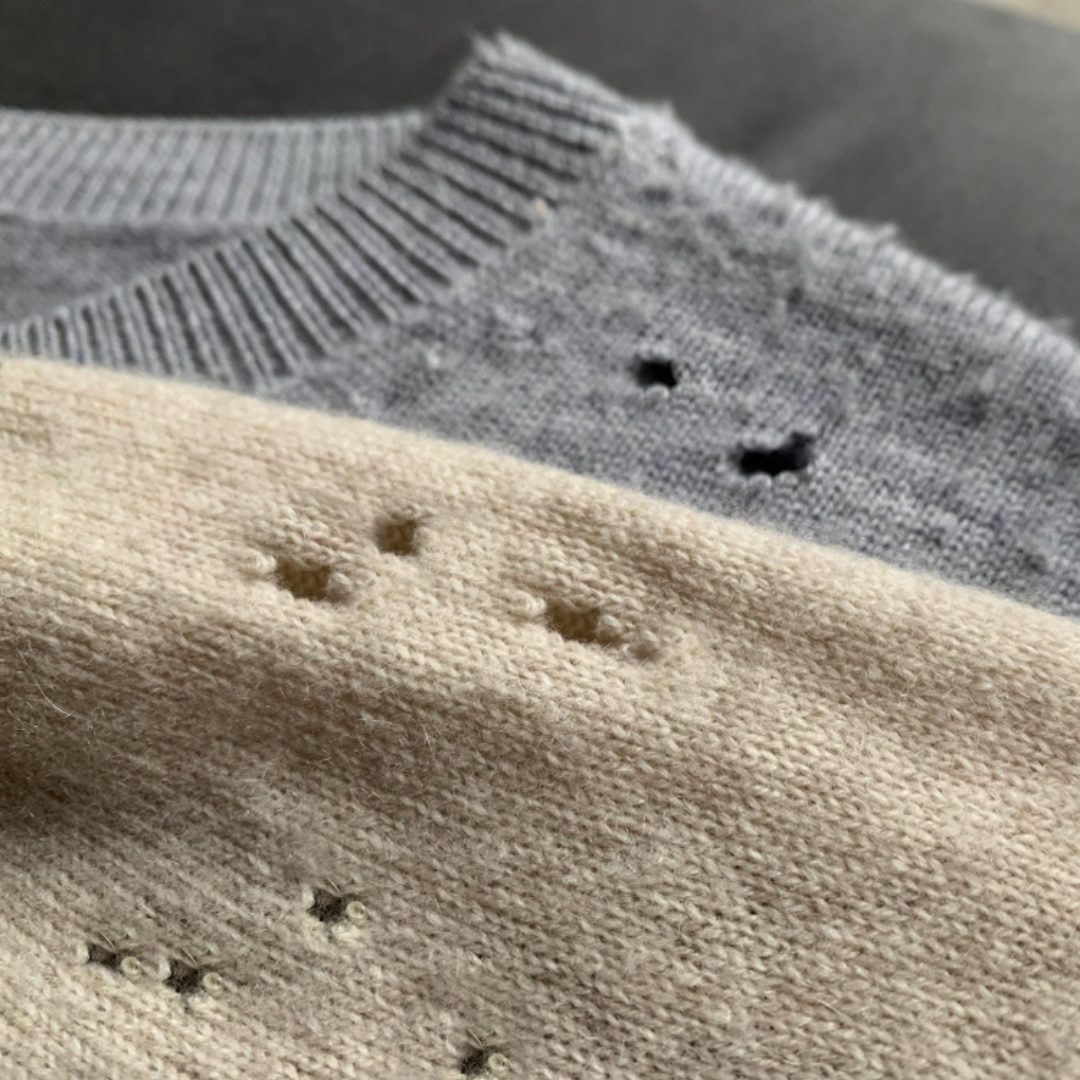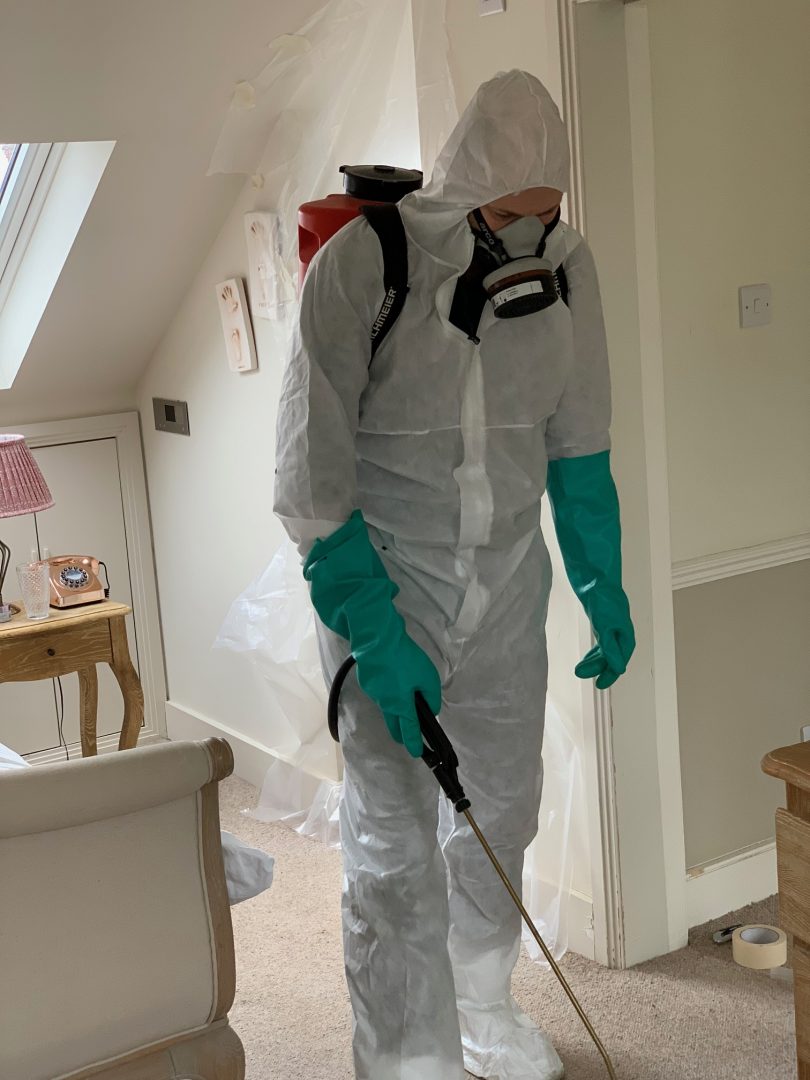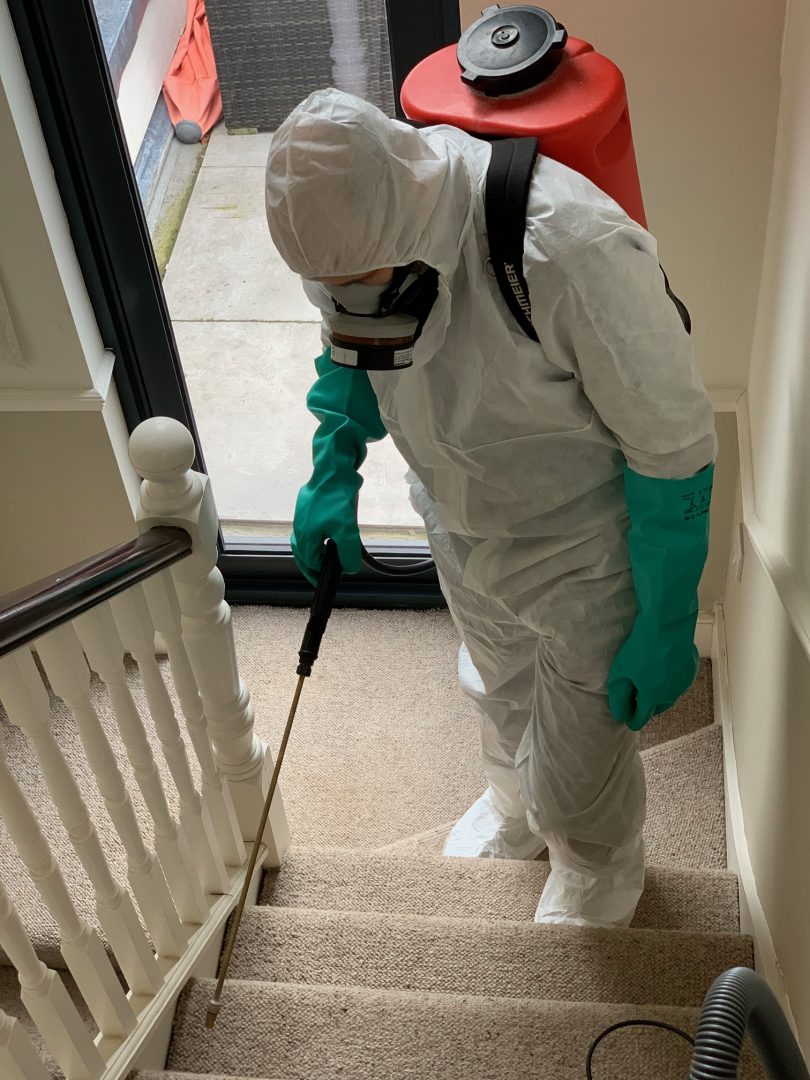
Moth Pest Control & Extermination
Chemical Moth Treatments
Chemical Moth Treatments
Using insecticide is the most common way of controlling moths. This involves using chemical compounds of various kinds but delivered in different ways. For example: a fogging spray, or fumigation, to kill the flying moths. A water based insecticide spray to kill the larvae – both contain the same type of insecticide, but are delivered in different ways. One with tiny airborne particles and the other mixed with the water.
Examples of these products are readily available to the non-professional, but professional pest controllers have access to some more potent and longer lasting versions of these chemical pesticides.
Treatment of a house or flat using these insecticides relies on the insect, as a larvae or adult, coming into contact with the toxic element of the compound in a high enough concentration to kill it. So for a chemical treatment to be most effective the insecticide needs to be sprayed, pumped or blown in and on as much of the property as is practical and safely possible. If the treatment coincides with a fitted carpet being replaced then access is made possible to the floorboards and under the floor – this will make a treatment more successful, not only because products can be deployed under the floorboards where there are gaps and holes, but it also gives a chance to get rid of all the eggs and moth debris that will be under the carpet. However, excellent levels of control are still achievable with insecticide without removing a fitted carpet.

What’s involved in a chemical treatment for moth?
- First is the most underrated tool in every household when it comes to the control of moths is: The vacuum cleaner.
- Spraying the carpet or floor (after carpet removal) with a residual insecticide
- Using the insecticide dust where possible
- Using a state-of-the-art device to create a very fine aerosol of insecticide (like a fumigation) in all the effected areas of the property
- Setting up of moth monitoring traps in every area of the property

Pros and cons of Chemical control
Advantages
- Immediate reduction in the numbers of moth and larvae.
- Toxic environment created that will continue to kill larvae emerging after the initial treatment.
Disadvantages
- Introduction of a potentially hazardous substances into human environment.
- Efficacy of a treatment depends on delivering the insecticide to all areas of a property. This is not always practical (roof voids, under floors and stairs etc).
- It is not safe to spray clothes with pesticides – and it may damage them too of course!
All the products we use are HSE approved for use in a domestic environment. We use products according to the statutory regulations and within the best practice guidelines of CoSHH (Control of Substances Hazardous to Health). Therefore, once carpets are dry, they are safe to be used by people and pets.
However, if you prefer not to proceed with a chemical treatment, there are alternative ways of treating moth infestations using heat treatment.


Get a free quote or book a survey
Fill in the form or call 03333 399 654 to arrange your free quote or site survey.
